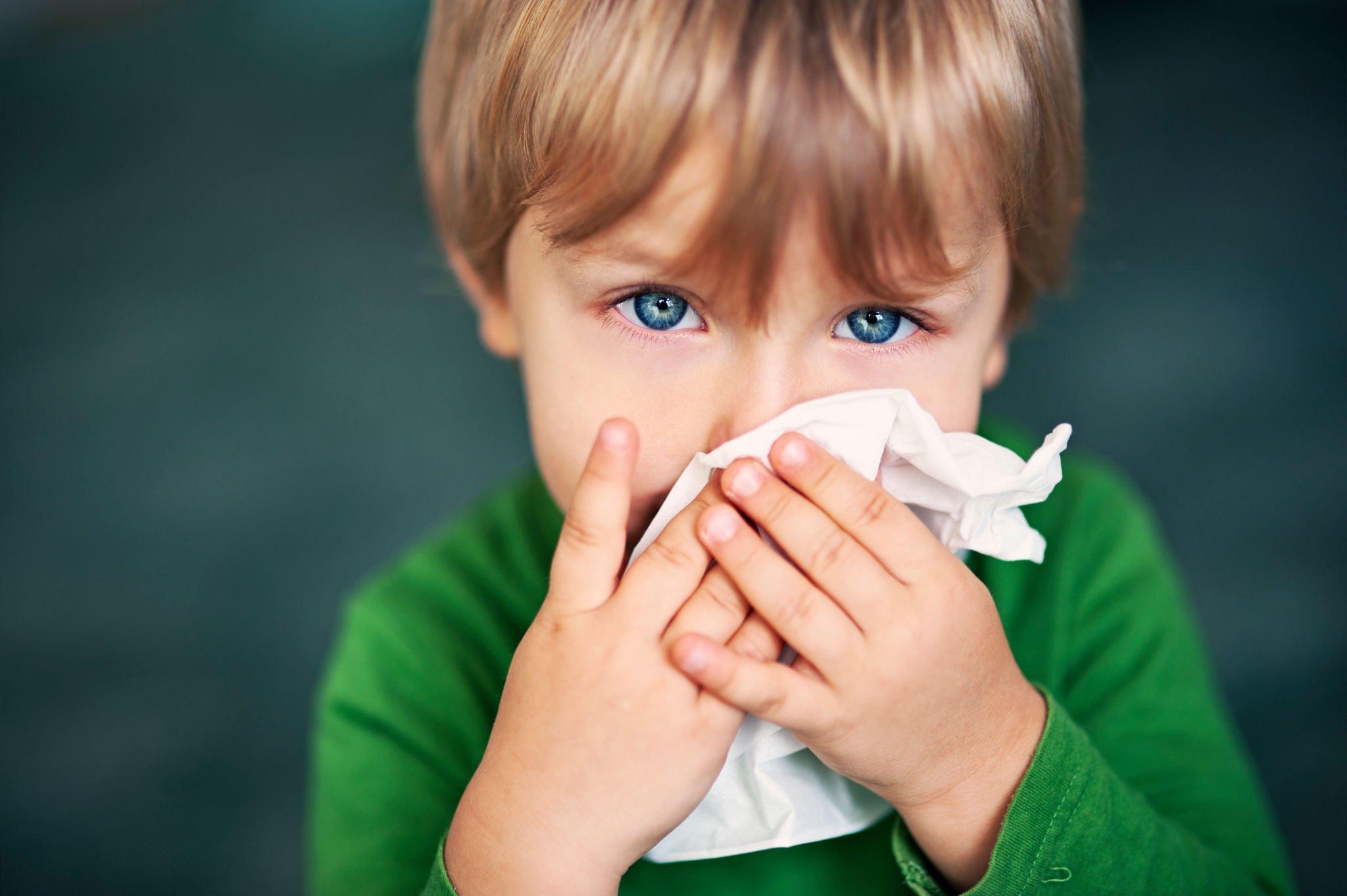Allergies in children are a common issue, affecting a significant percentage of the pediatric population. These conditions can significantly impact the quality of life of the affected child, and in severe cases, they can even be life-threatening.

Thus, it is essential to understand what allergies are, what causes them, and how they can be diagnosed and managed.
Abnormal immune response
Allergies are abnormal immune responses to a particular substance, also known as an allergen.
These substances can range from:
- Food
- Pollen
- Pet dander
- Insect venom.
When the immune system of an allergic individual encounters an allergen, it produces a reaction that can manifest in different ways, such as:
- Skin rashes
- Respiratory symptoms
- Gastrointestinal symptoms
- Anaphylaxis
Allergy testing for babies is a crucial step in identifying and managing allergies. Infants and young children are susceptible to allergies, but their symptoms can be difficult to recognize and diagnose, especially when they are not able to communicate their discomfort effectively.
Allergy testing can help identify the allergens responsible for the symptoms, and once identified, avoidance or targeted treatment can help manage the condition.
Read also: Various Treatment Related to Stem Cells and Its Benefits
There are different methods for allergy testing in babies and young children, depending on the age and medical history of the child.

· Skin prick testing
The most common method is skin prick testing, which involves applying a tiny amount of allergen to the skin and observing the reaction.
· Blood test
Another method is a blood test, which measures the presence of allergen-specific antibodies in the blood. The doctor will choose the most appropriate testing method based on the child’s age, symptoms, and medical history.
Once the allergens are identified, the doctor will recommend a management plan that can include
- Allergen avoidance
- Medication
- Immunotherapy
In some cases, avoiding the allergen altogether can be challenging, especially when it comes to food allergies. In these cases, the doctor may recommend working with a dietitian to develop a safe and nutritious diet plan that avoids the allergen.
Medications and therapies
Medications can also help manage allergy symptoms. Antihistamines, for example, can reduce the severity of symptoms such as itching, sneezing, and runny nose.
Nasal corticosteroids can help reduce inflammation and relieve nasal congestion. In severe cases, such as anaphylaxis, injectable epinephrine (adrenaline) may be necessary to quickly reverse the symptoms.
Immunotherapy, also known as allergy shots, can also be an effective long-term treatment option for some children with allergies. It involves injecting gradually increasing doses of the allergen under the skin, which helps the immune system build a tolerance to the allergen over time.
Immunotherapy can be a time-consuming process, usually lasting several months to several years, but it can significantly reduce the severity of allergic reactions in the long term.

Conclusion
Allergies in children can significantly impact their quality of life, and it is essential to identify and manage them promptly. Allergy testing for babies is a critical step in the diagnosis and management of allergies, and parents should consult a healthcare provider if they suspect their child has an allergy.
Early diagnosis and proper management can help prevent severe reactions and improve the child’s quality of life.



